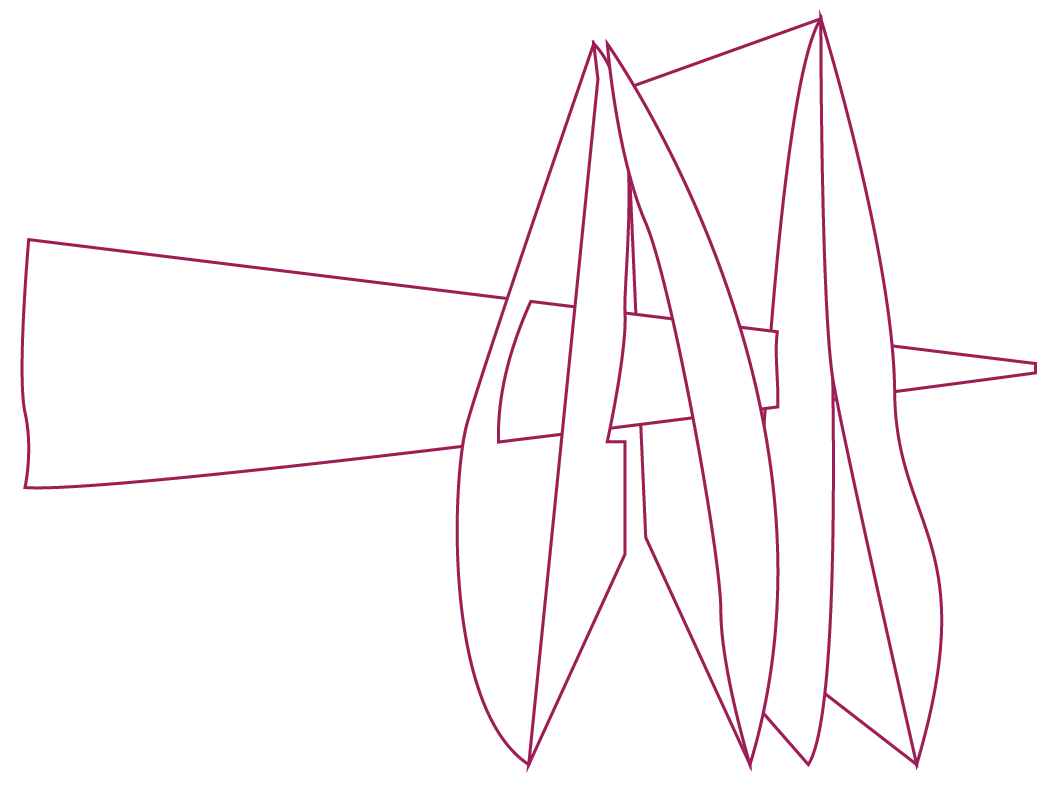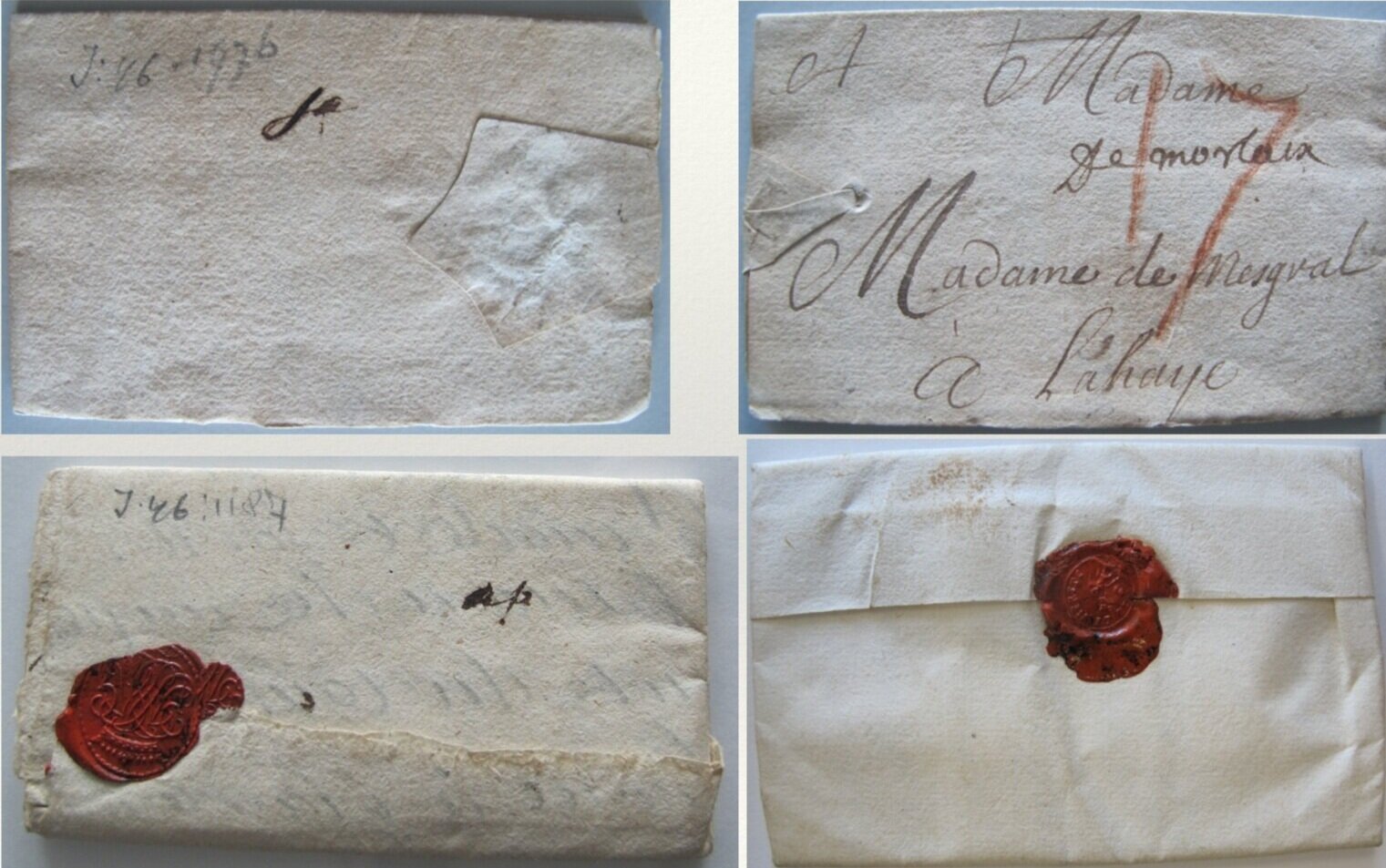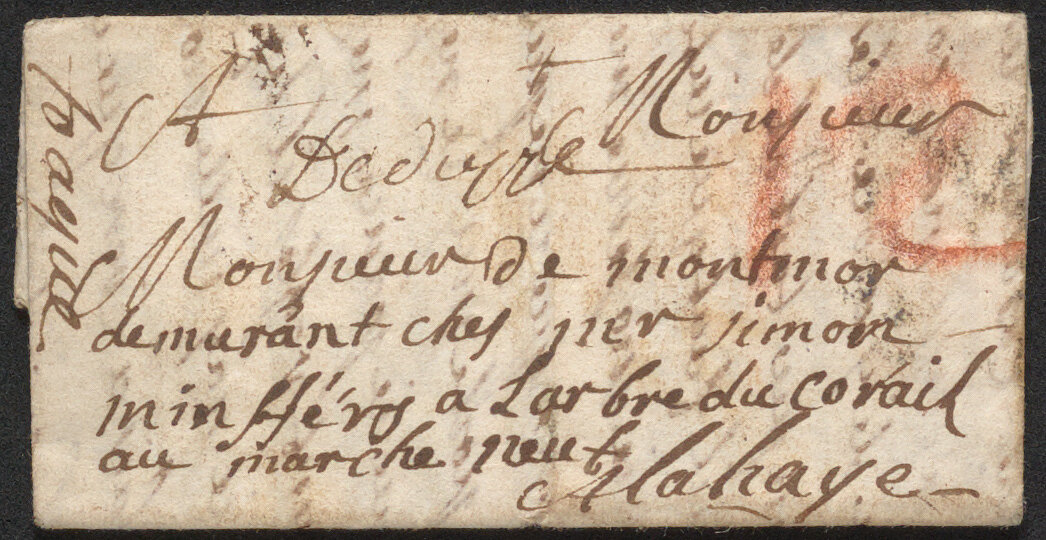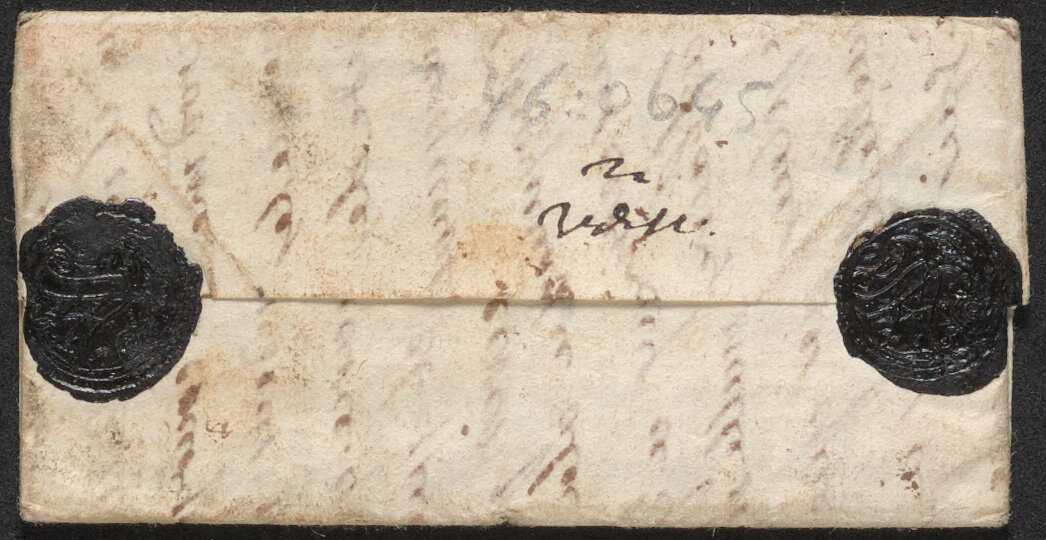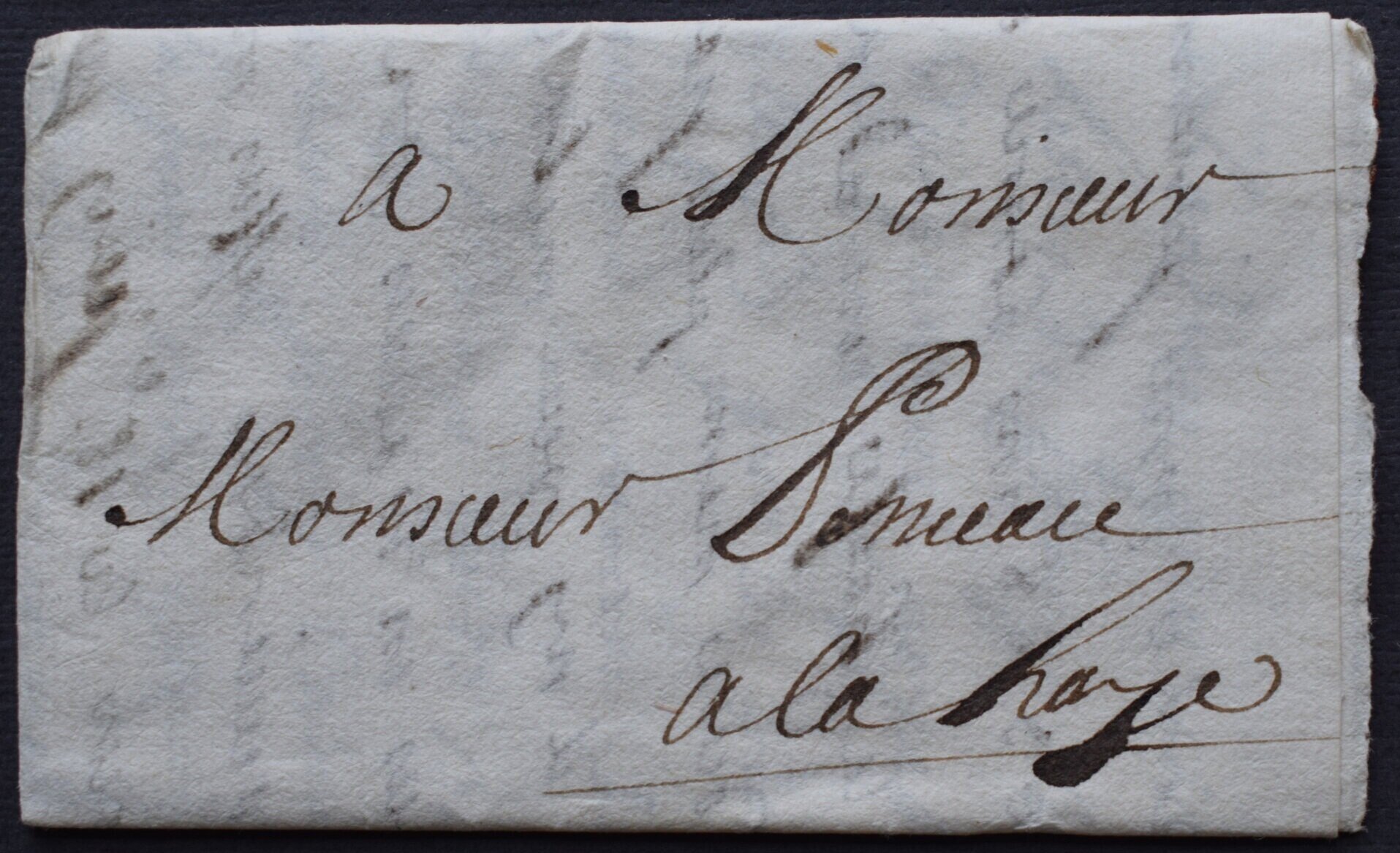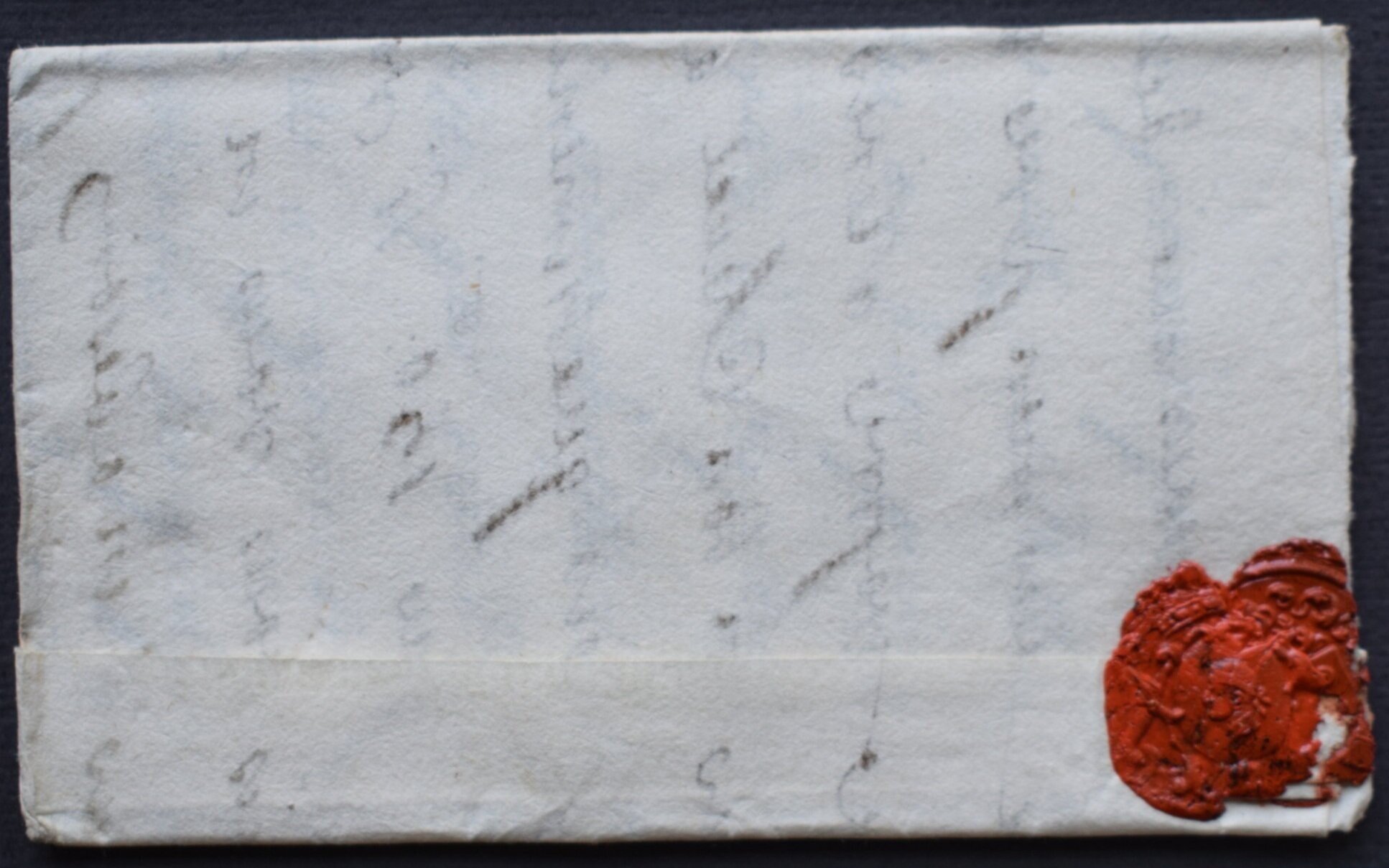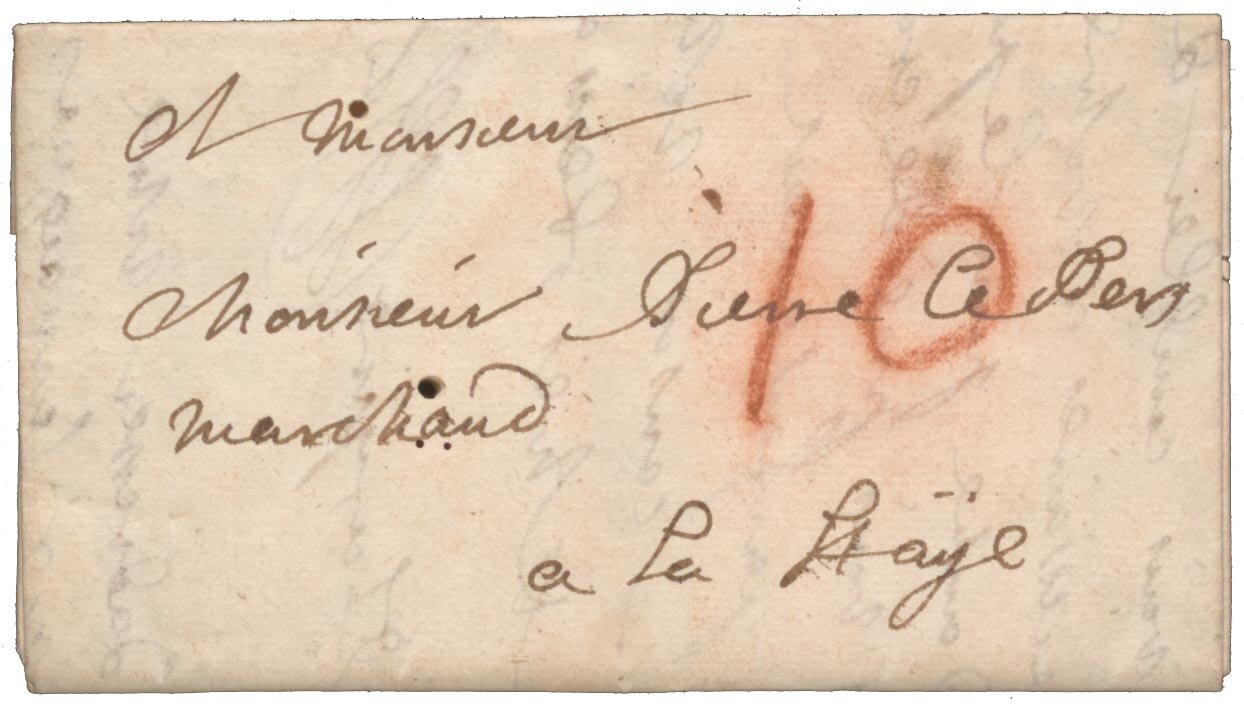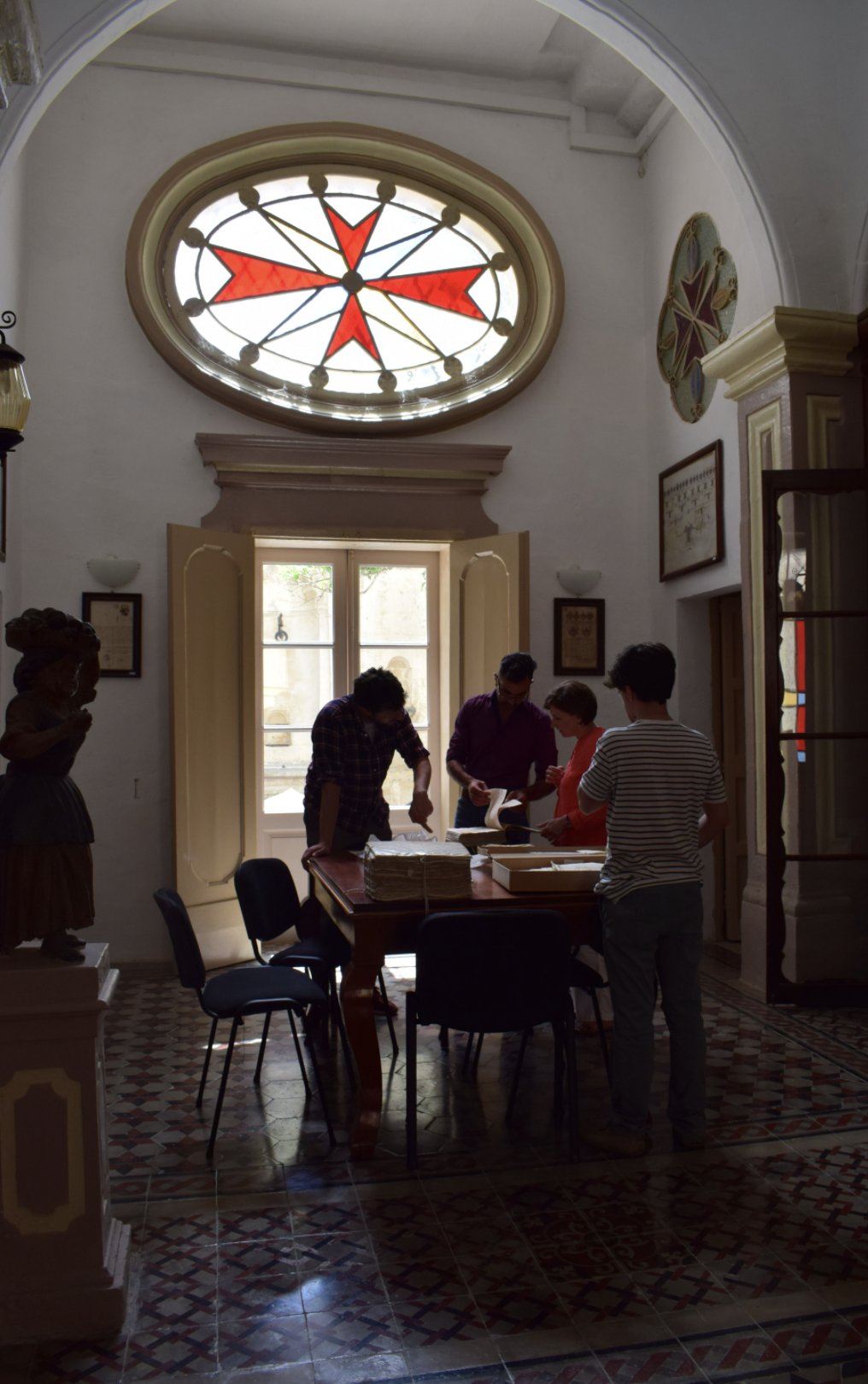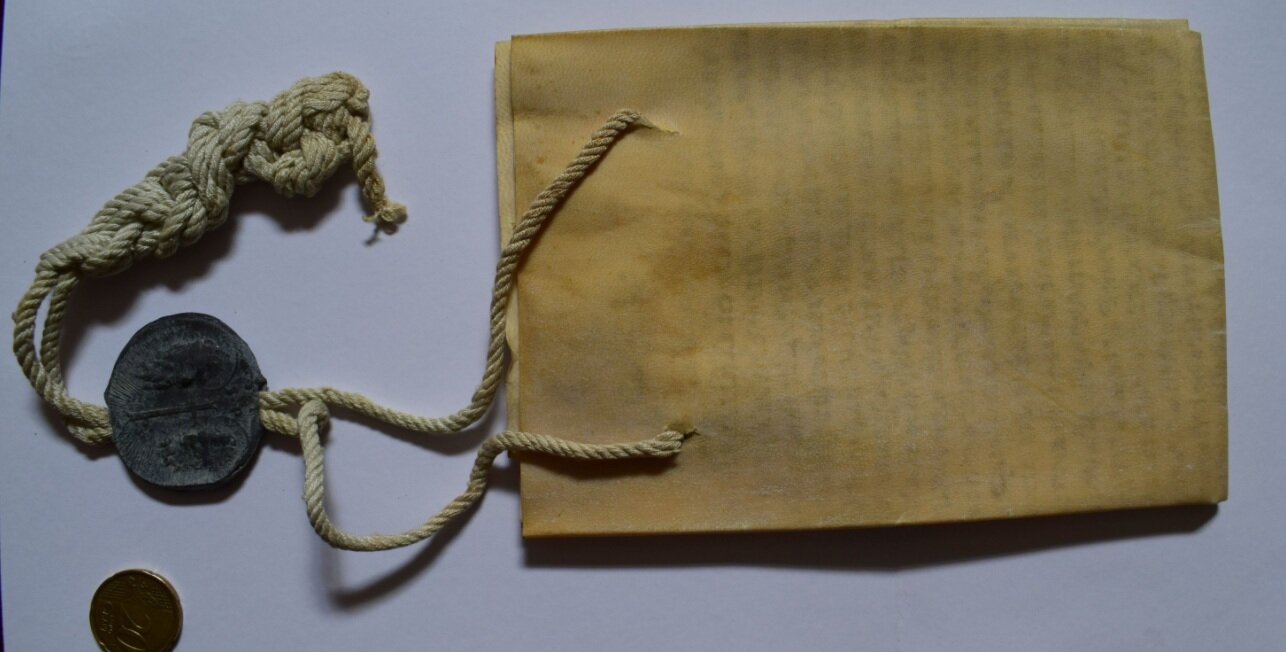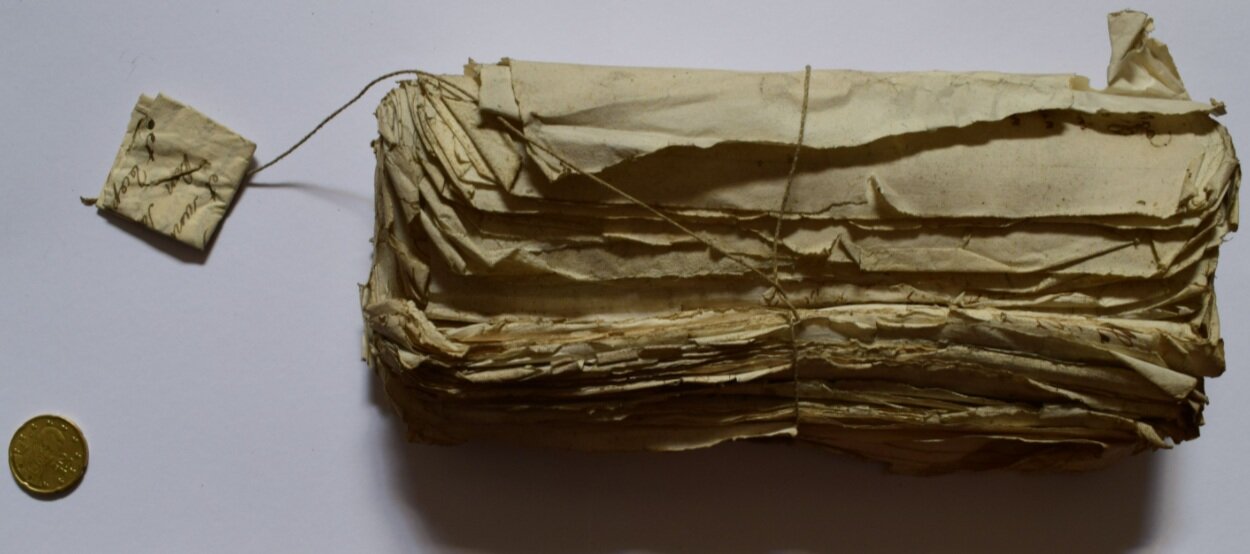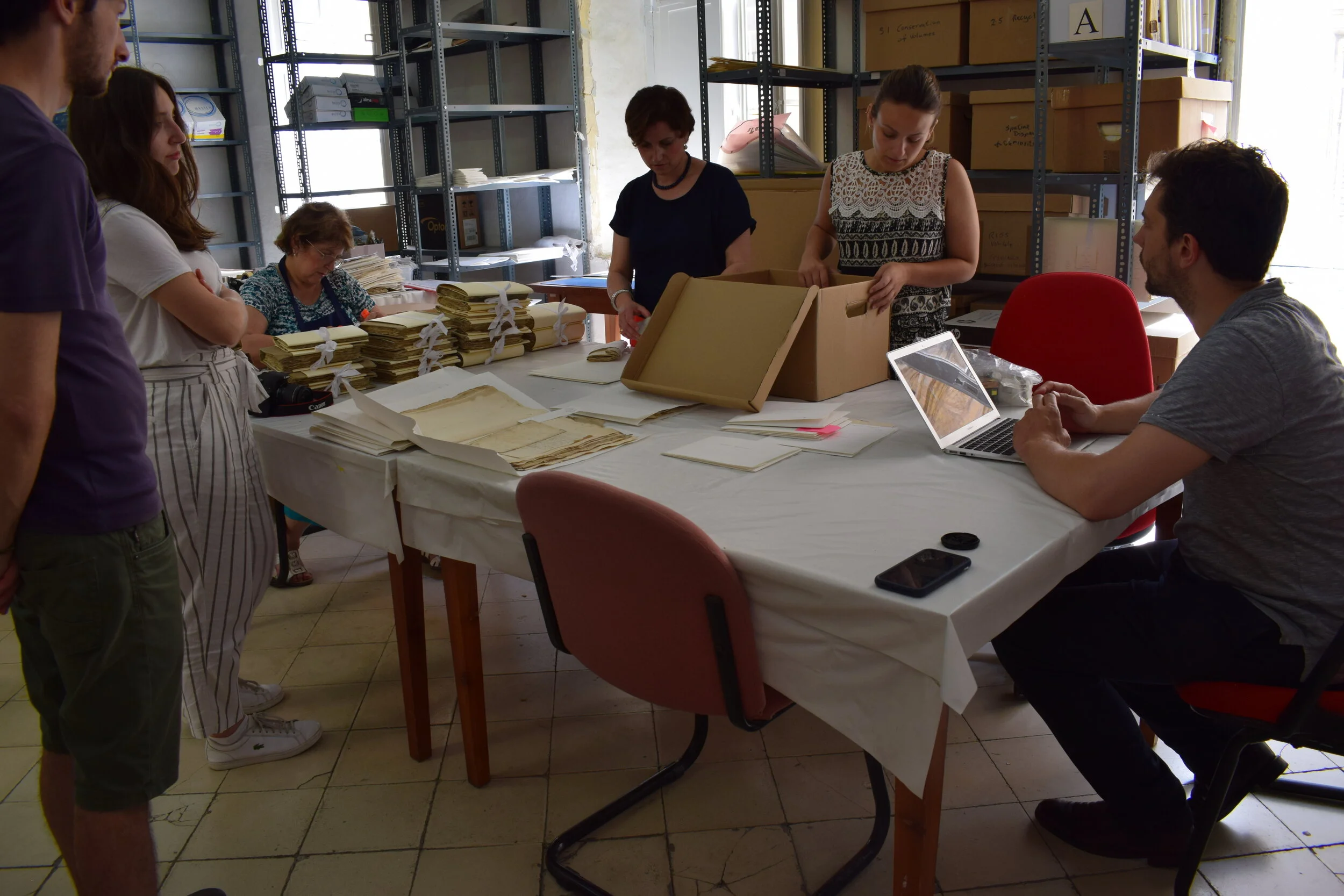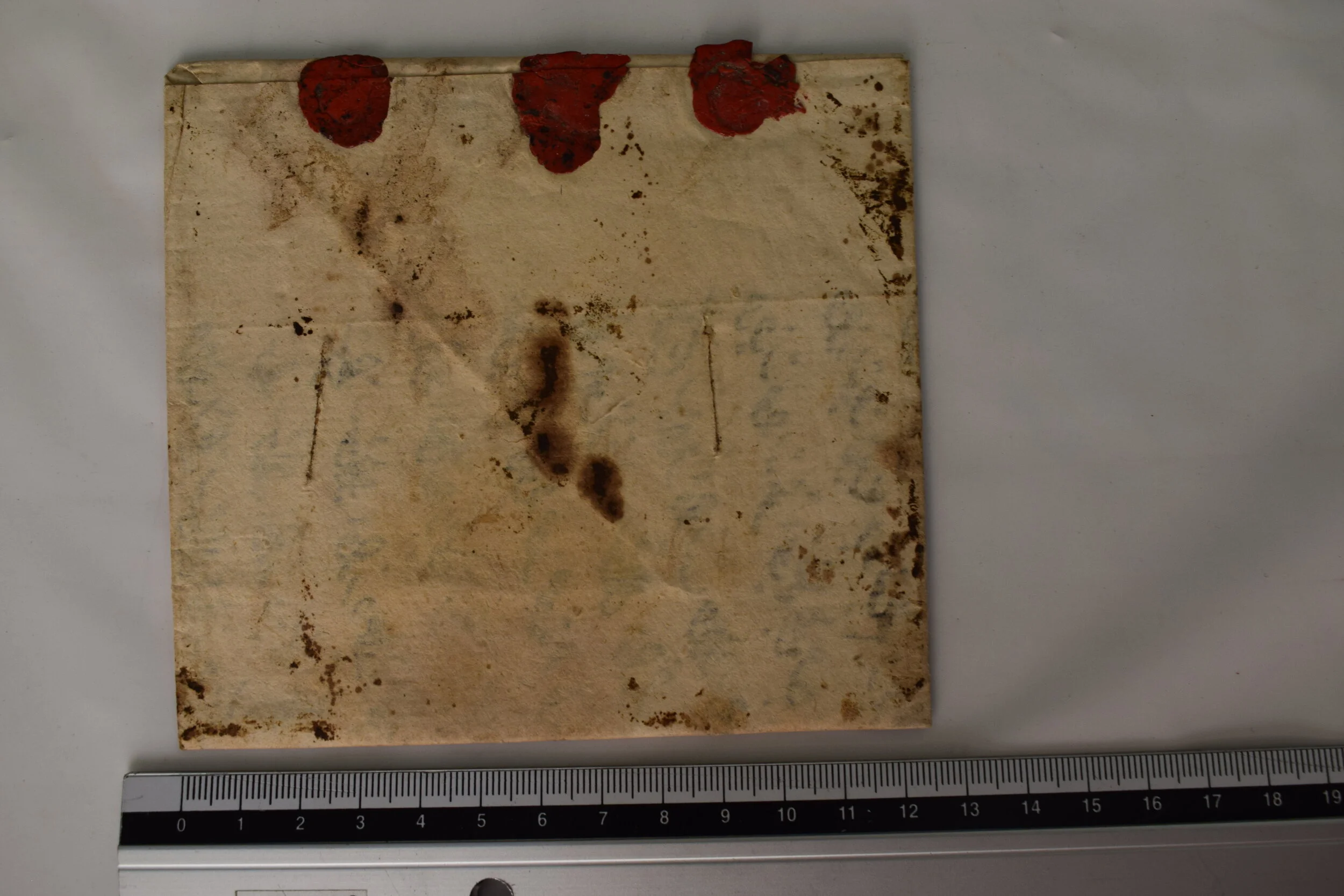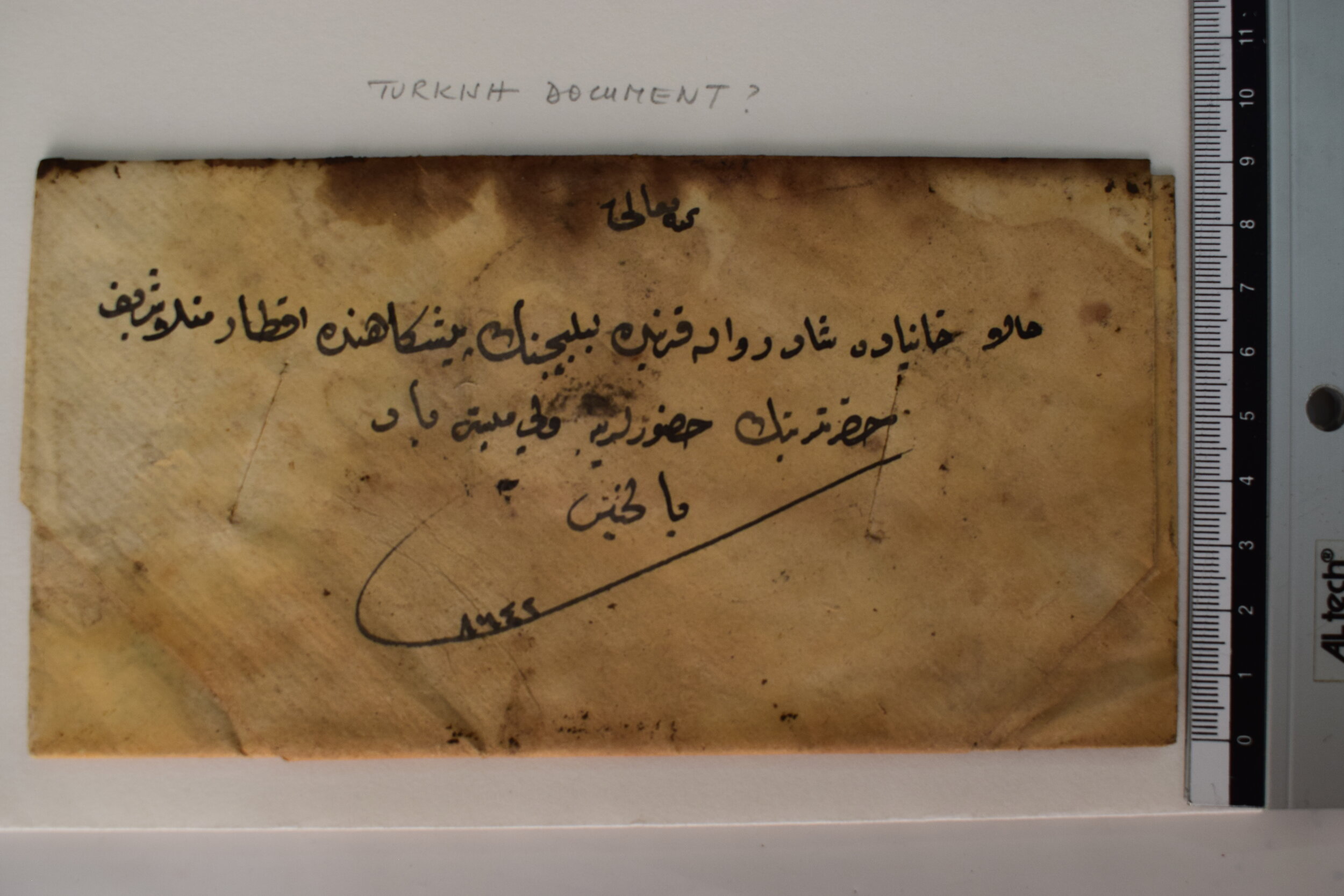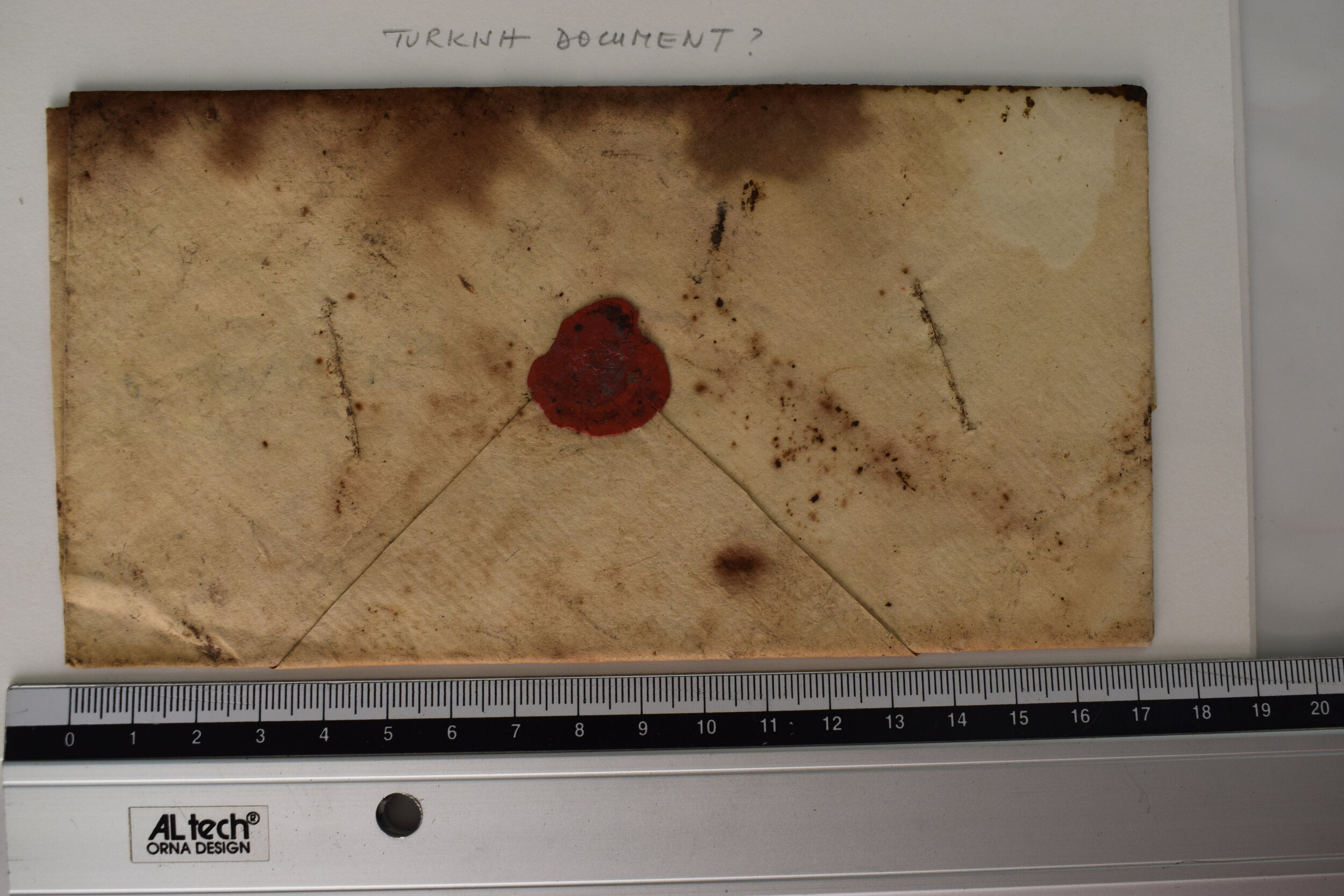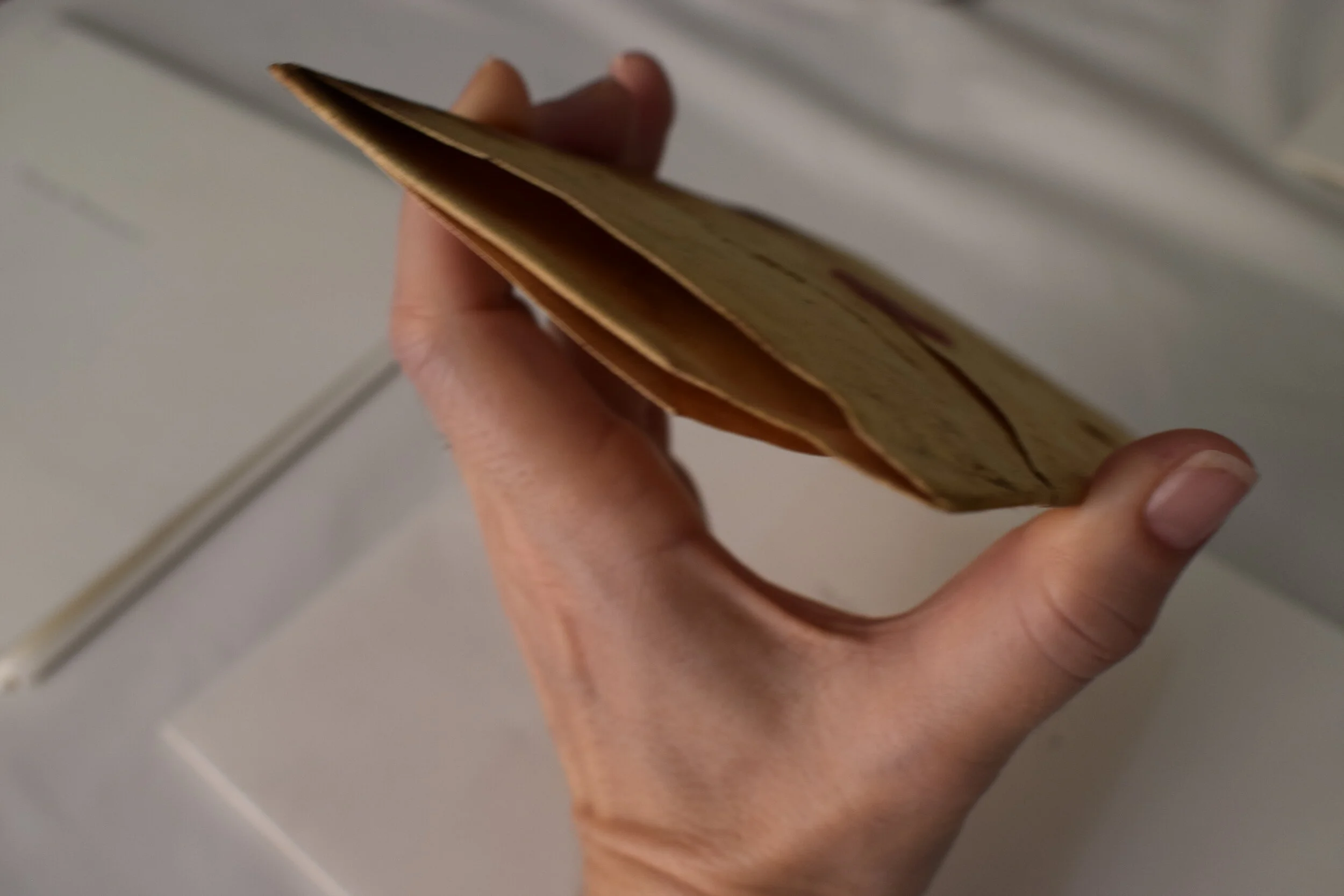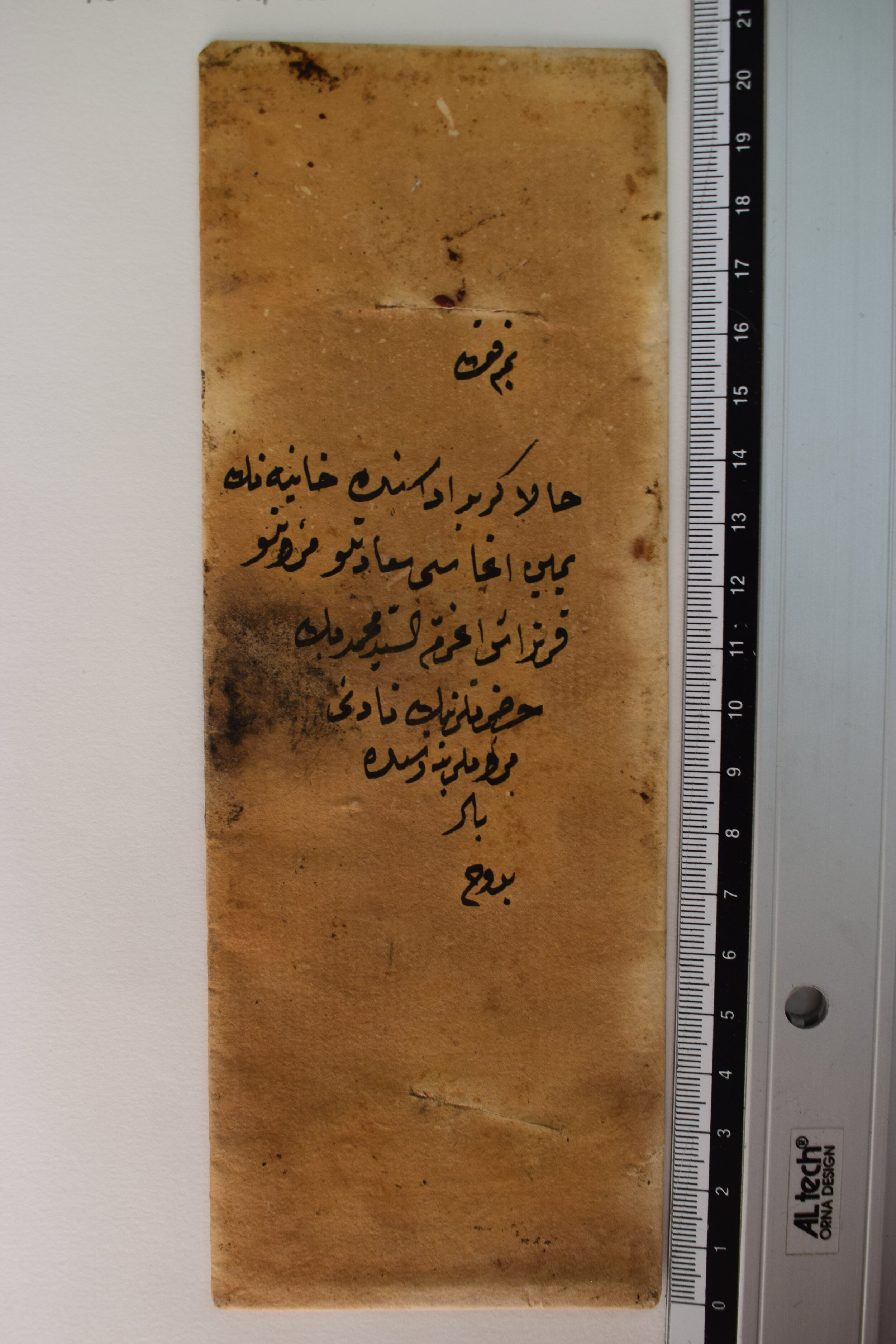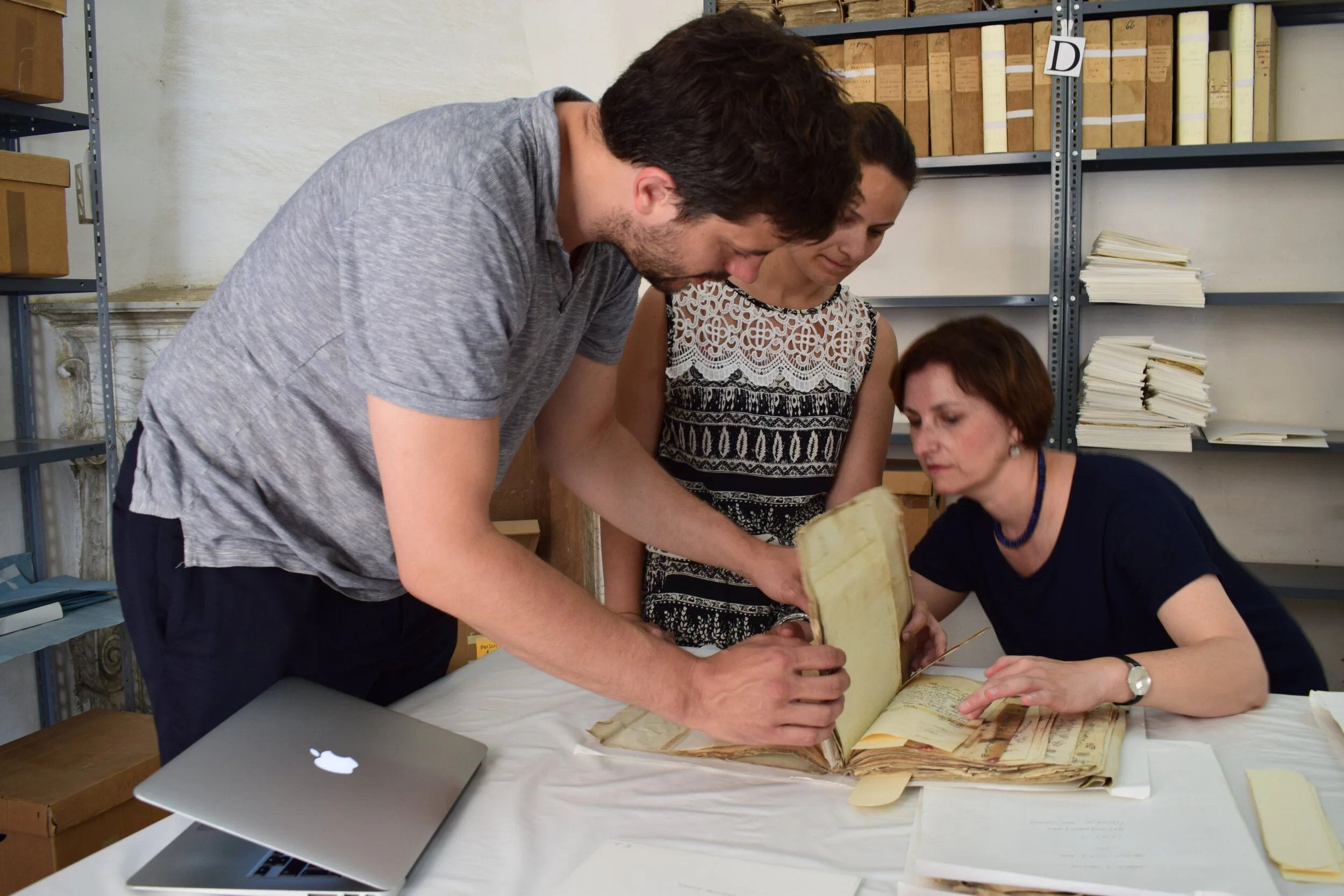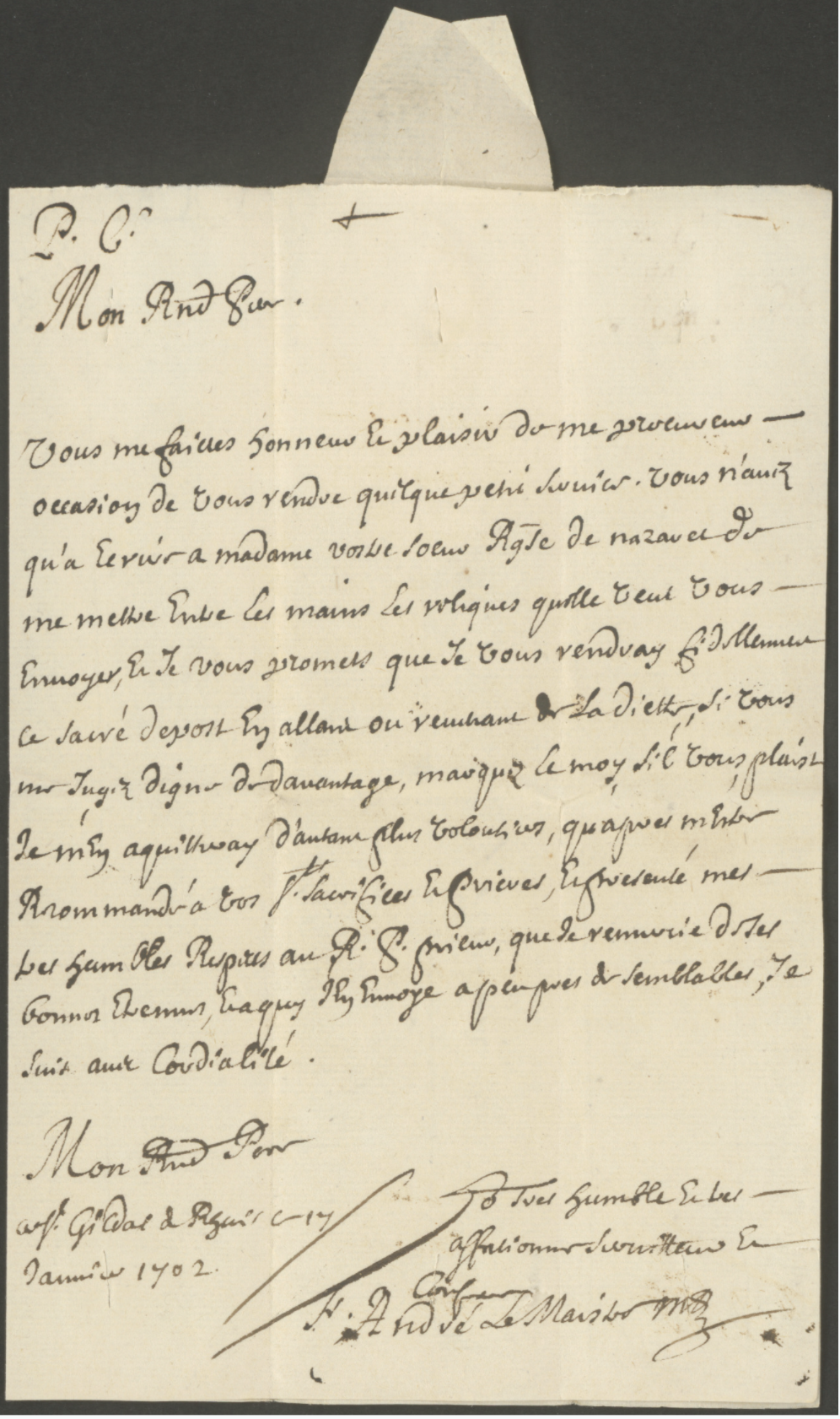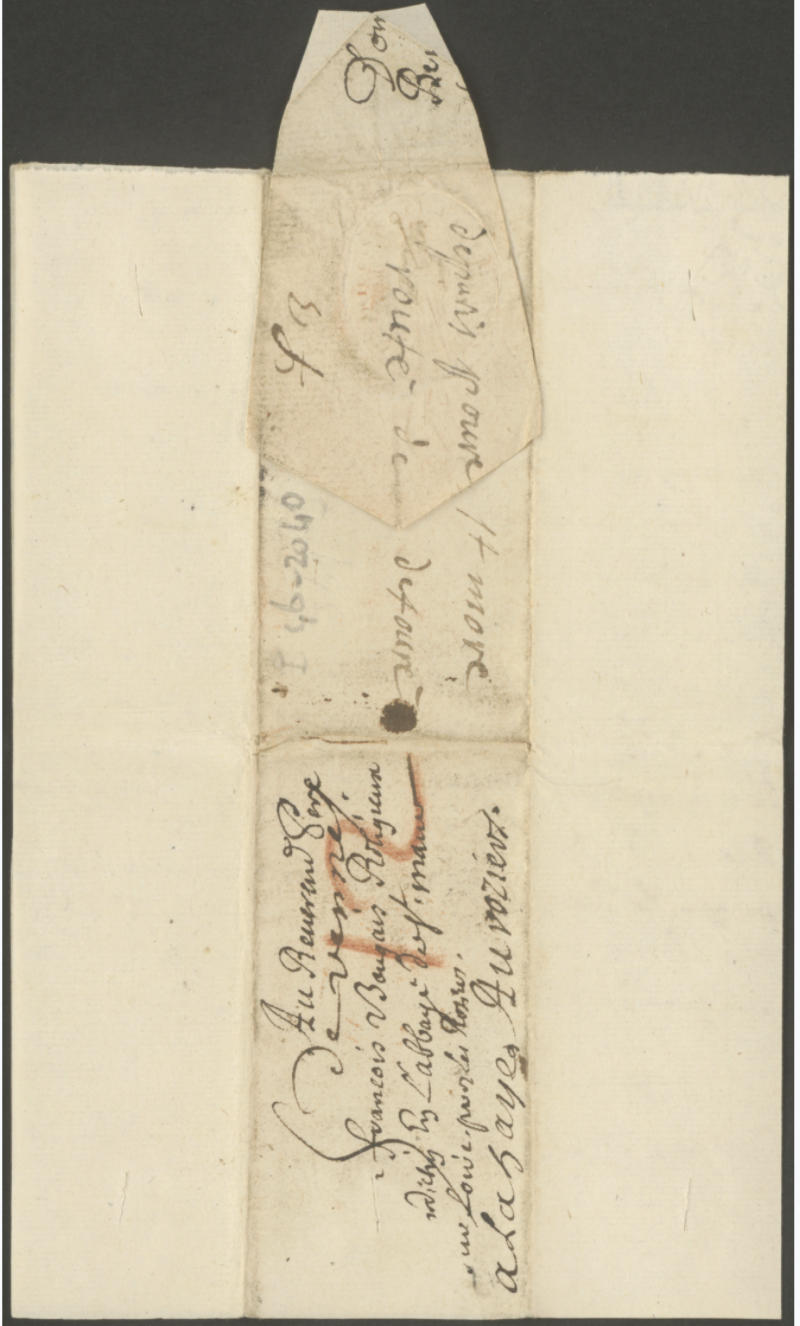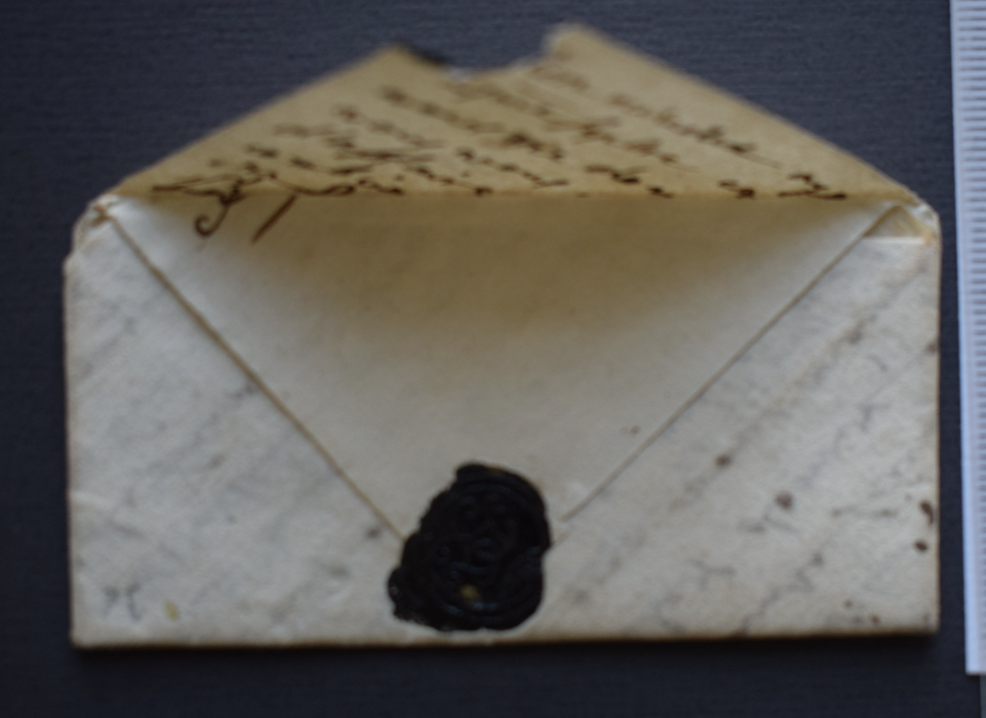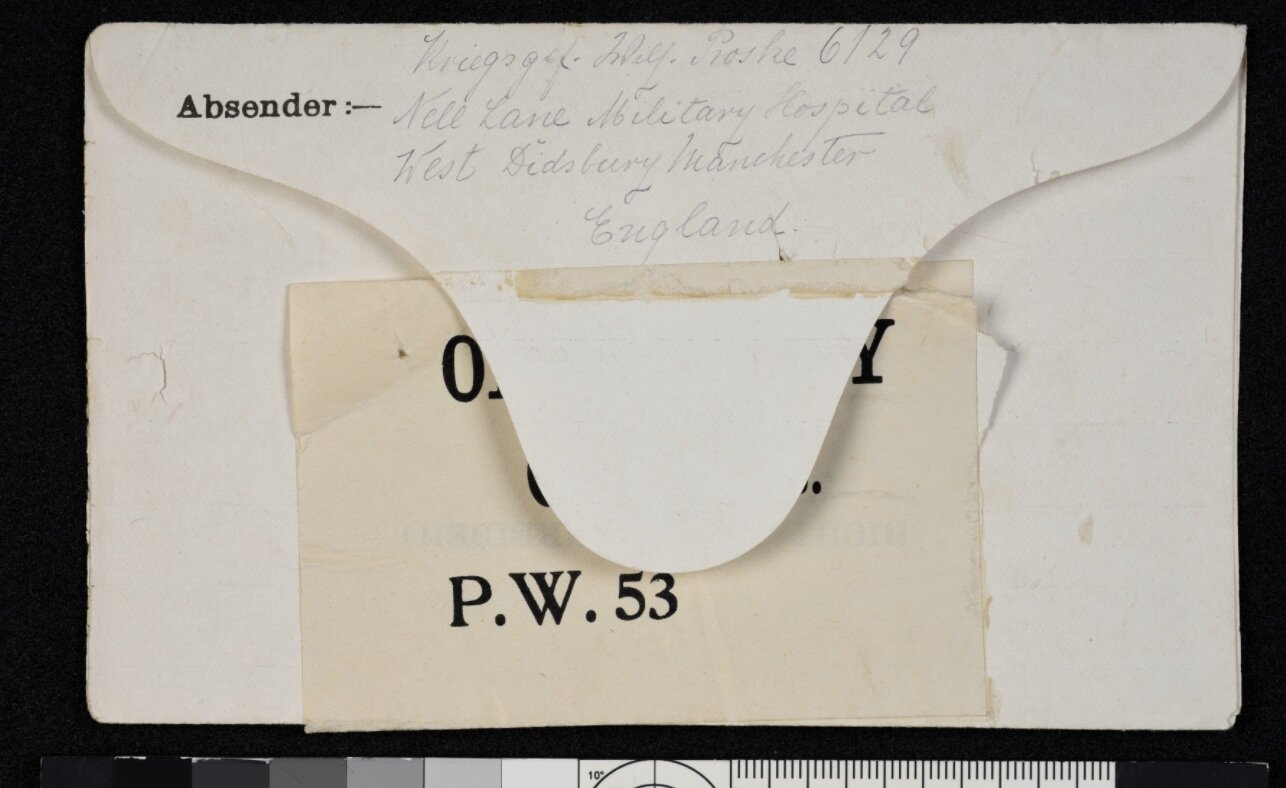Manifestations of a Letter
We refer to the different and particular ways in which a letter may exist as manifestations.
Manifestations can include: the historic original; a manuscript draft of a letter; a manuscript letter which was sent; a manuscript copy (whether a rough copy for personal use or a fair copy for presentation); a manuscript or print extract taken from the content of a letter; a printed copy of a letter; a digital copy of a letter; a painting or other artistic representation of a letter. Letterlocking research materials can also constitute manifestations of a letter: e.g. a simulacrum; a teaching model; an instructional video; a drawing; x-ray scan data; a 3D rendering of scan data; an animation of scan data.
A letter can be encountered in a number of different manifestations. If encountered as a letterpacket, it may be:
Unopened. A letter preserved in a folded, secured, or sealed manifestation.
Opened. A letter which has been unlocked and unfolded.
Partially opened. A letter preserved in an unopened manifestation where the process of opening has begun but not been completed.
Refolded. A letter which has been unlocked, then folded back into a letterpacket for storage.
Unopened
Historic Letter & Document Collections
The Brienne Collection, Sound & Vision (The Hague, The Netherlands)
The Cathedral Archives, Malta
The Notarial Archives, Valetta, Malta
“Sometimes the past resists scrutiny, We could simply have cut these letters open, but instead we took the time to study them for their hidden, secret, and inaccessible qualities. We’ve learned that letters can be a lot more revealing when they are left unopened.”
Partially Opened
Refolded
Draft
A manifestation of a letter in which the content is preserved, but there is no material evidence of transmission. Drafts must be interpreted carefully in a letterlocking study, as some have features such as folds or addresses which can imply, they were sent. Letters preserved in draft can provide useful evidence about the existence of sent letters that are now lost; drafts have been found that refer to the letterlocking techniques used to send the original.
“ “If these [letters] can be read without physically opening them, much rare letterlocking data can be preserved.””
